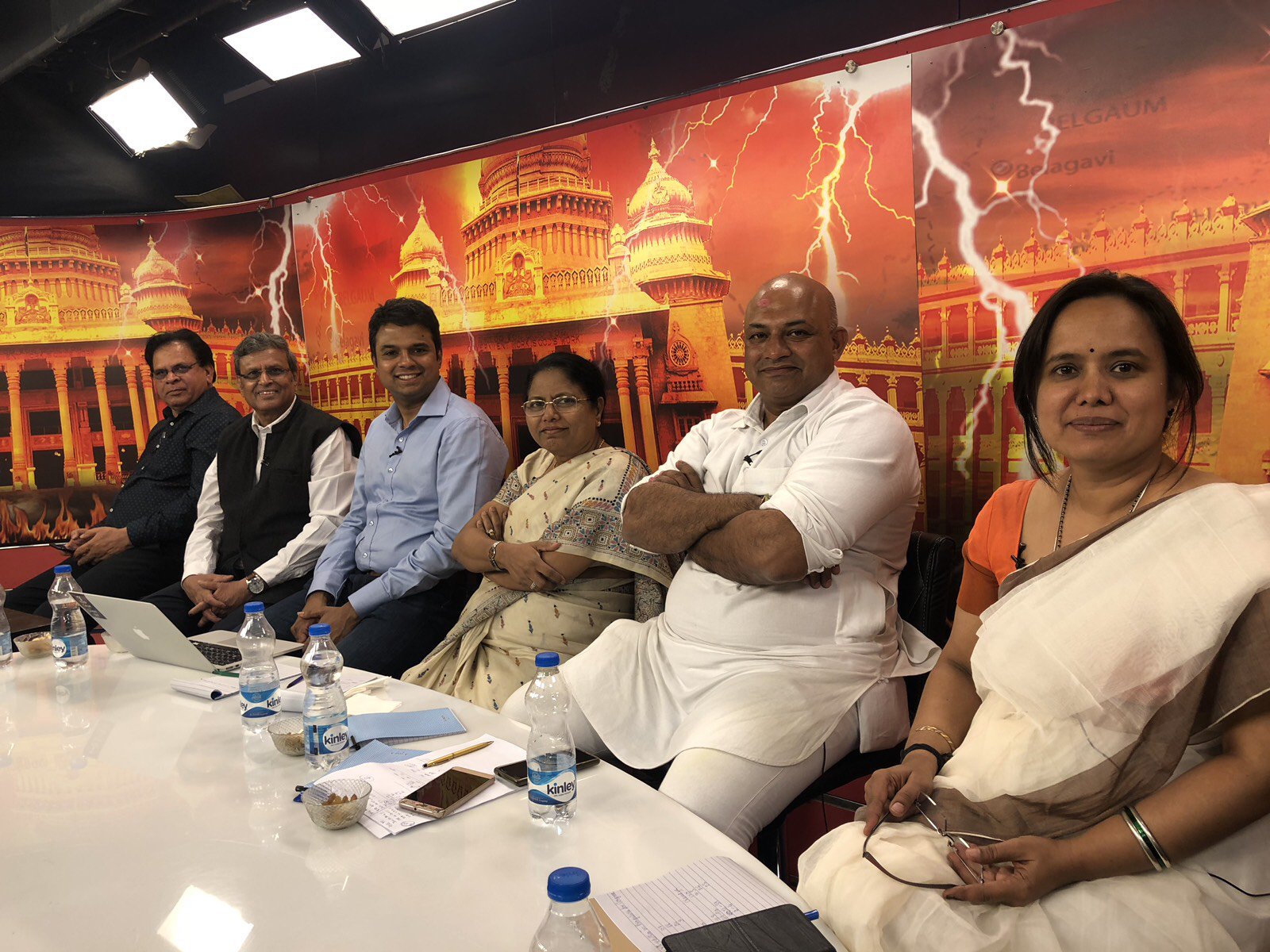It’s been nearly a decade since i started writing in the mainstream media. Ahead of the Karnataka elections in 2013, I had published on this blog a series of quantitative analyses of the election, when R Sukumar (then editor-in-chief of Mint) picked it up and asked me if I could write for his paper on the topic – quantitative analysis of elections.
And so Election Metrics (what my pieces in Mint – they were analysis and not editorials, which meant it wasn’t a strict “column” per se, but I got paid well) was born. I wrote for Mint until the end of 2018, when my then contract ran out and Sukumar’s successor chose not to renew.
Having thus “cracked print”, I decided that the next frontier had to be video. I wanted to be on TV, as a pundit. That didn’t come easily. The 2014 national elections (when Modi first became PM) came and went, and I spent the counting day in the Mint newsroom, far from any television camera. I tried to get my way in to IPL auction analysis, but to no avail.
Finally, in 2018, on the day of the Karnataka elections, I got one guy I knew from way back to arrange for a TV appearance, and went on “News9” (a Bangalore-focussed English news channel) to talk about exit polls.
“I saw the video you had put on Facebook”, my friend Ranga said when he met me a few days later, “and you were waxing all eloquent about sample sizes and standard errors”. On that day I had been given space to make my arguments clear, and I had unleashed the sort of stuff you don’t normally see on news TV. Three days later, I got invited on the day of counting, enjoyed myself far less, and that, so far, has been the end of my career in punditry.
Barring a stray invitation from The Republic aside, my career in TV punditry has never gotten close to getting started after that. Of late I haven’t bothered, but in the past it has frequently rankled, that I’ve never been able to “crack TV”. And today I figured out why.
On my way to work this morning I was listening to this podcast featuring noted quant / factor investors Jim O’Shaughnessy and Cliff Asness. It was this nice episode where they spoke about pretty much everything – from FTX and AMC to psychedelics. But as you might expect with two quant investors in a room, they spent a lot of time talking about quantitative investing.
And then somewhere they started talking about their respective TV appearances. O’Shaughnessy started talking about how in the early days of his fund, he used to make a lot of appearances on Bloomberg and CNBC, but of late he has pretty much stopped going.
He said something to the effect of: “I am a quant. I cannot give soundbites. I talk in terms of stories and theories. In the 80s, the channels used to give me a minute or two to speak – that was the agreement under which I appeared on them. But on my last appearance, I barely got 10 seconds to speak. They wanted soundbites, but as a quant I cannot give soundbites”.
And then Asness agreed, saying pretty much the same thing. That it was okay to go on television in the time when you got a reasonable amount of time to speak, and build a theory, and explain stuff, but now that television has come down to soundbites and oneliners, he is especially unsuited to it. And so he has stopped going.
There it was – if you are the sort who is driven by theories, and you need space to explain, doing so over voice is not efficient. You would rather write, where there is room for constructing an argument and making your point. If you were to speak, unless you had a lot of time (remember that speaking involves a fair amount of redundancy, unlike writing), it would be impossible to talk theories and arguments.
And I realise I have internalised this in life as well – at work for example, I write long emails (in a previous job, colleagues used to call them “blogposts”) and documents. I try to avoid complicated voice discussions – for with my laborious style I can never win them. Better to just write a note after it is over.

web.jpg)






